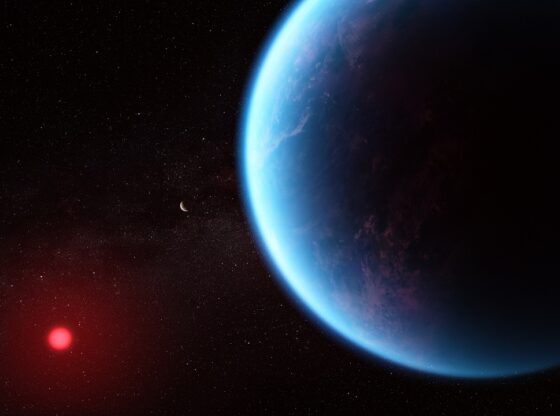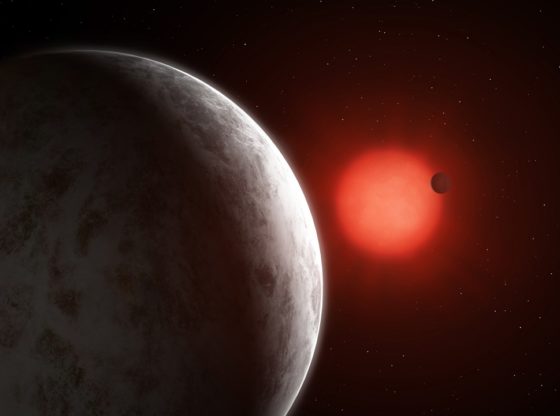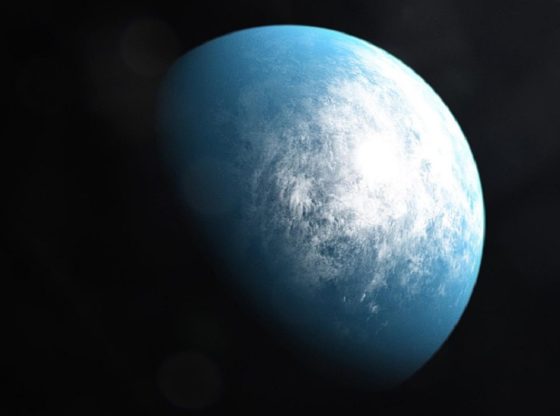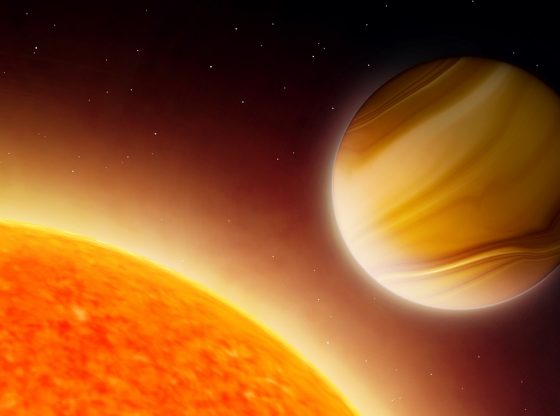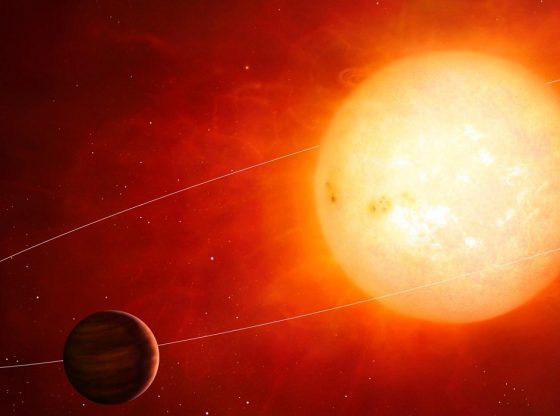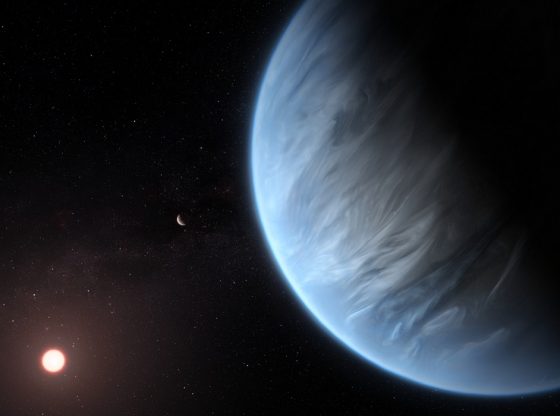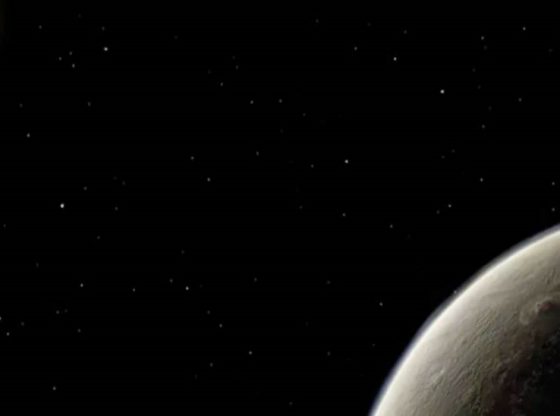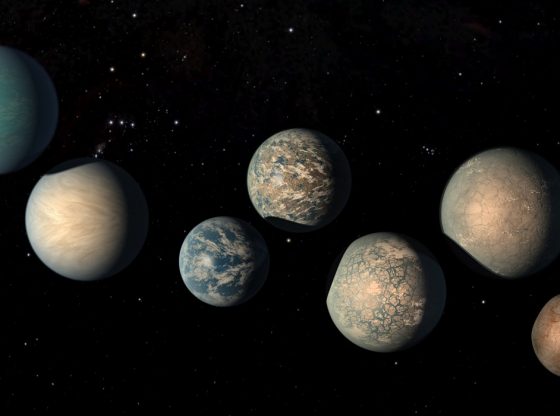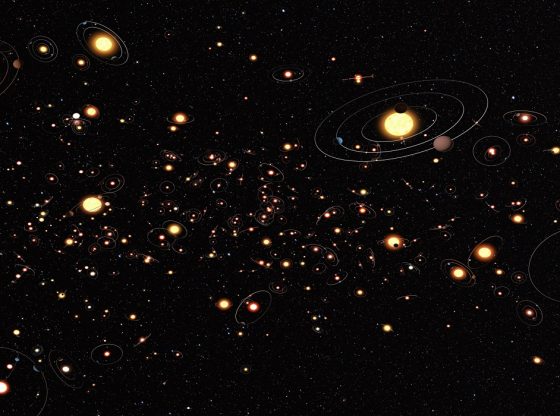Astronomers may have found the hitherto hottest planet known. Its extreme heat may also be about to break the planet down.
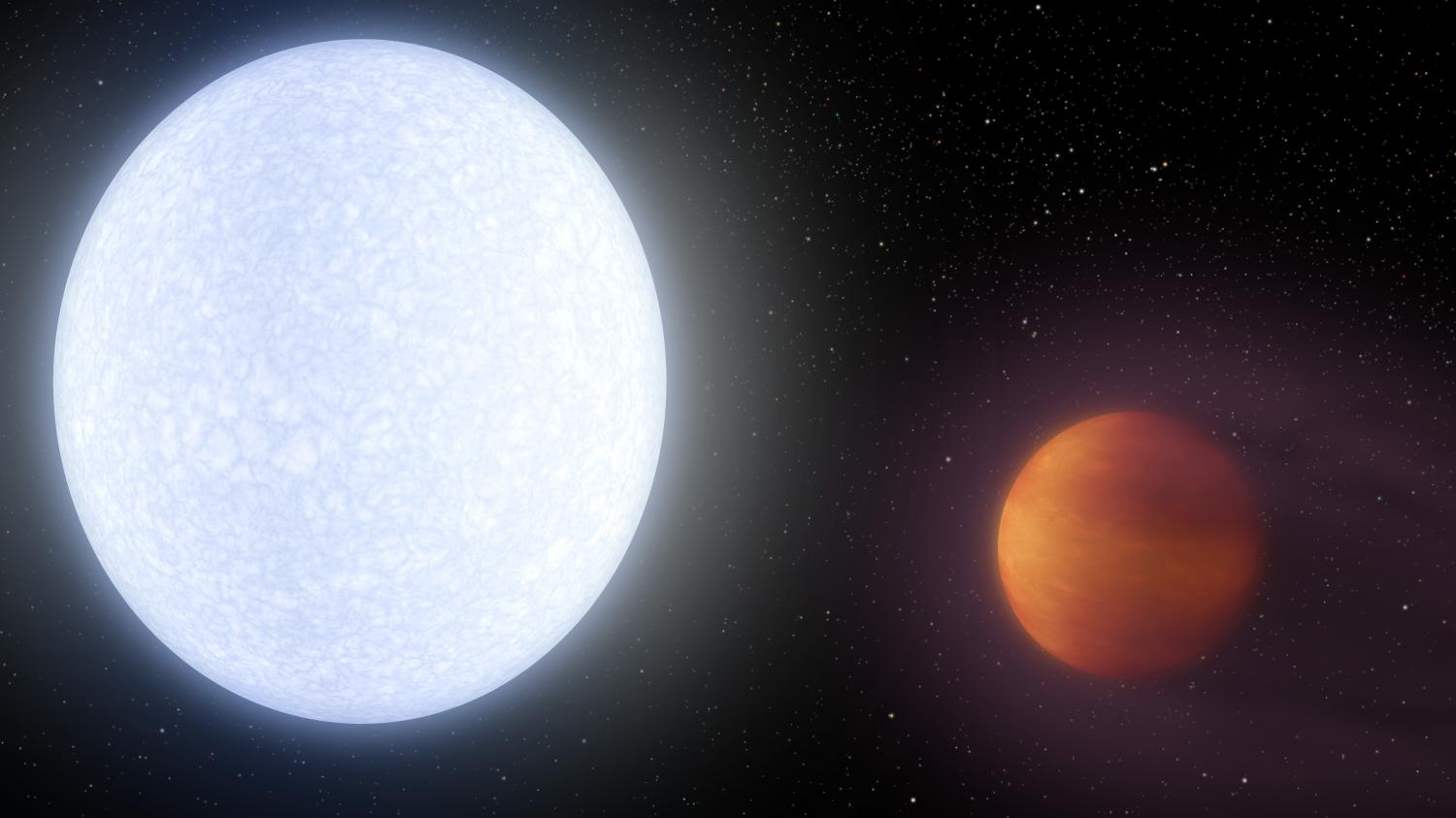
R
It is a planet similar to Jupiter zipping around its host star every day and a half, superheated to temperatures hotter than most stars with a glowing gas tail like a comet.
With a temperature of over 4,600 degrees Kelvin (4,300 degrees Celsius, 7,800 degrees Fahrenheit), the surface of the planet named KELT-9b is comparable to the surface temperature of some cool stars and almost as hot as the surface of our sun. The reason to its extreme temperature is that the planet orbits very close to its host star KELT-9.
KELT-9b is a gas giant 2.8 times more massive than Jupiter but only half as dense, being inflated like a balloon being tidally locked to its star — like the moon is to Earth. These extremes are causing the planet to slowly disappear, causing the planet’s molecules to collapse and disappear in space, according to the astronomers.
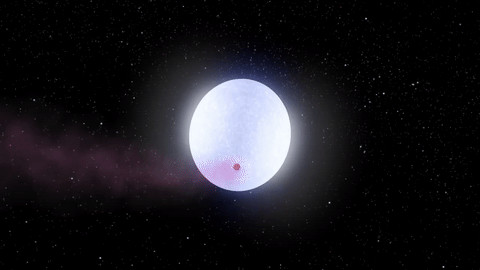
The exoplanet was discovered in 2014 by using one of two telescopes specially designed to detect planets orbiting bright stars—one in the northern and one in the southern hemisphere—jointly operated by Ohio State, Vanderbilt and Lehigh universities. These – “Kilodegree Extremely Little Telescopes” or KELTs – are relatively cheap and small instrument and fill a large gap in the available technologies for finding extrasolar planets.
The discovery is described this week in a paper titled “A giant planet undergoing extreme-ultraviolet irradiation by its hot massive-star host” published by the journal Nature and in a presentation at the spring meeting of American Astronomical Society in Austin, Texas.
Reference:
Gaudi et al. A giant planet undergoing extreme ultraviolet radiation by its hot massive-star host, 2017. DOI: 10.1038 / nature22392.

